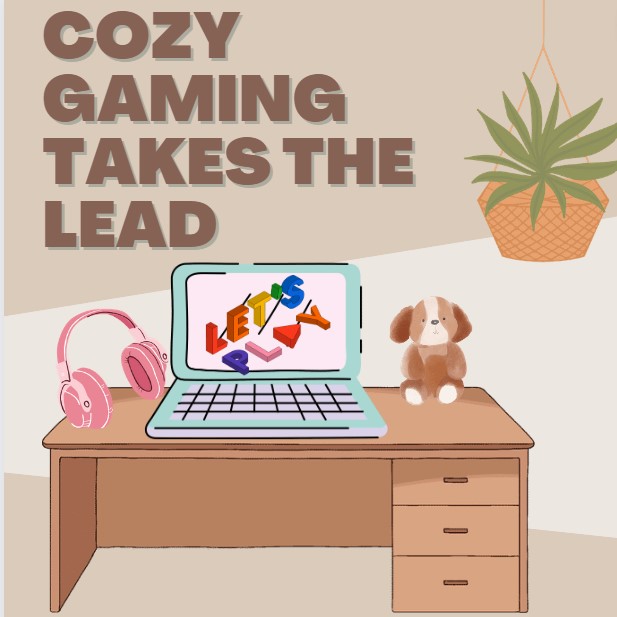If there’s something I’ve said over and over again on LGeekBT, it’s that representation is powerful. The mere act of talking about the LGBT community in media is enough to start a conversation, make people think and open doors to greater acceptance.
However, when representation is used only to attract viewers, this cultural value is lost.
“Queerbaiting” is an unoffical media term referring to when show creators make characters seem like they might be gay and get together, but the creators actually have no intention of making it happen. It’s a tactic to make it seem like the show is open and modern, when really all they’re doing is pulling you in.
This is different from the classic “will they or won’t they get together” plots we’re all familiar with. You know the ones, where the couple goes back and forth and dances around whether or not they’ll actually end up together so the audience is left in suspense and wants to keep watching.
Queerbaiting doesn’t work to benefit anything for the characters or plot because the creators don’t actually have any intention of getting the characters together. There’s no “will they or won’t they” and the dancing around the possibility of a relationship will ultimately lead to nothing. It’s done to get the LGBT community watching, to attract their viewership because we think we’re actually getting a character or a relationship like us on television. It’s not a plot device, it’s a marketing tactic.
One of the most recent examples that fans have noticed is the relationship between Sherlock Holmes and John Watson in the recent BBC television series Sherlock. Series creator Stephen Moffat has officially said there is not, and never will be, any romantic relationship between the two characters, but the show seems to imply that there is going to be.
And this isn’t just fan interpretation or theories gone off the rails; the show itself constantly reminds us that these two have sexual tension. Other characters call them lovers and boyfriends, they have to keep pointing out that they’re not, and many scenes are purposefully set up (with camera angles, lighting and scenic design) to make you see an attraction greater than friendship between the two. However, it doesn’t mean anything because we know they’re never going to get together. It’s just to keep fans coming back so they can squeal and get excited and BBC can take in the money.
Not that this doesn’t sometimes happen with straight couples on television, but it’s made especially worse for the LGBT community because these empty promises for marketing purposes are sometimes the only kind of relationship representation we ever get.
When this happens, it shows that writers just view gay relationships as a way to get more viewers. To them it’s not real, it’s a carrot on a stick you can wave in front of the LGBT community to get them to follow. While one might think even having a hint of this kind of character or relationship on television would be beneficial, this is actually damaging because it shows that gay relationships aren’t “real” relationships.
Moffat can hint that Sherlock and John are going to get together all day, but they never will because he doesn’t view that kind of a relationship as real. He views it as a trick to get people to watch his show.
Not all queer characters have to get together on every show, but they should be treated with the dignity other relationships on television are allowed. It’s not a tactic, it’s a real human experience millions of people have every day. And when we are denied the dignity of having this relationship be considered plot worthy, we are denied the right to be considered normal.
If LGBT characters aren’t worth a real plot, the ethics of your television show are seriously in need of re-evaluation.







